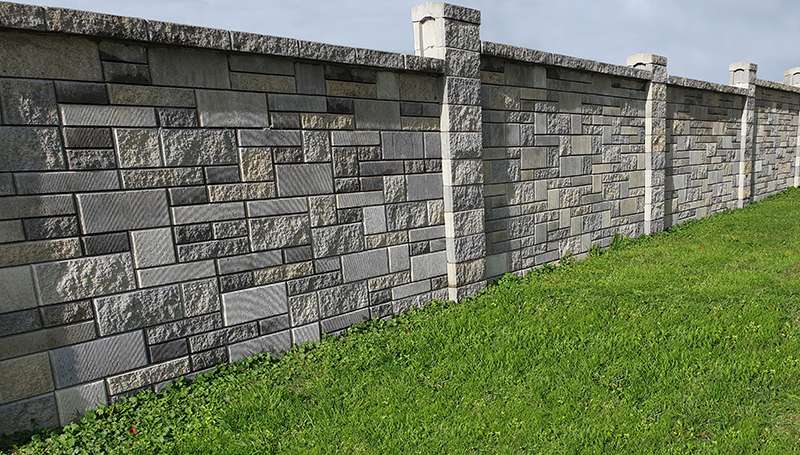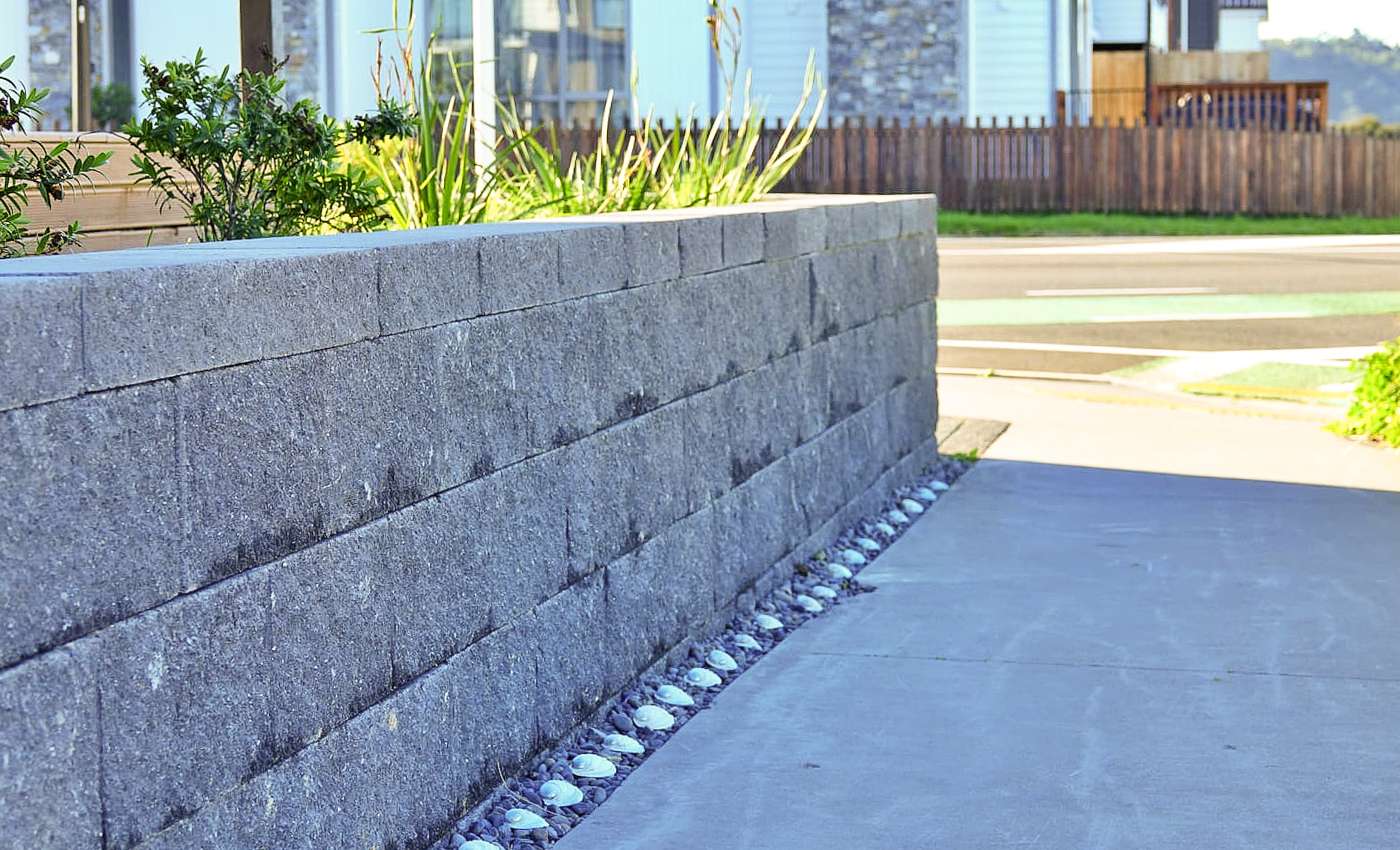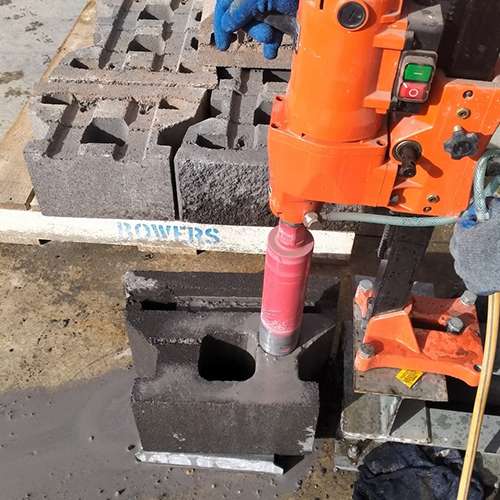The origin of the word “fence” comes from the short term fens, a word used during the 14th Century to describe defence and protection. It is believed that the Greeks and subsequently the Romans were the first to use fences to divide new terrain conquered, although fences have historically been linked to the notions of agriculture, family, and property.
Fences have been mainly constructed with stone, wood and most recently with concrete, depending on factors such as durability, required use, labour and cost efficiencies. Fences regulate our movements and boundaries and as Robert Frost said on his popular Mending Wall poem, “good fences make good neighbours”.
Nowadays fences are mainly built for privacy and security, to create a sound barrier, maybe to protect our kids and pets, or simply to enhance the value and aesthetics of our properties. Nevertheless, few little fences in the market provide all of those advantages, certainly the AB® Fence system does.
AB® FENCE SYSTEM OVERVIEW
Inspired by the city walls of ancient civilizations, the AB® Fence is a mortarless concrete block fencing system that uses maintenance free interlocking blocks to create an attractive and effective solution for sound abatement, security, privacy and more.
The AB® Fence system transfers wind loads horizontally to posts through interlocking fence panel units and integral bond beams to create post and panel sections. Ultimately, the loads are transferred from the posts to the supporting footings. However, the actual footing requirements are minimal compared to traditional cast-in-place fence designs with the entire load of the AB® Fence being resisted by footings only at the posts. Only a small levelling pad is required beneath the fence panel since the panels can move and flex with any soil movement.
The stabilising foundation to the entire AB® Fence system is a reinforced concrete footing. Footings can be designed in many different styles, but they all are intended to resist the lateral and vertical applied forces. The typical AB Fence footing is a 600 mm diameter concrete pile footing utilising simple vertical steel reinforcement directly under the post. The site-specific parameters such as soil strength and wind loading will determine the design diameter, depth of each pile hole and the size or amount of rebar. By increasing the pile footings diameter, depth or reinforcement schedule, the capacity of the footing can be increased.
The AB® Fence system is a versatile product that can be built for a number of configurations. It is a system that provides flexibility to your design challenges and site constraints. No matter what type of footing your project requires, an Allan Block Fence application can provide the solution you are looking for at a cost-effective price.
BENEFITS OF CHOOSING THE AB® FENCE SYSTEM
The benefits of using the AB® Fence system compared to other available fence or barrier wall systems are multiple and varied:
Aesthetics: With a crisp, clean architectural look, the AB® Fence system offers many different looks and style options by incorporating blocks with different colours and textures. Multiple shaped units can be used to create beautiful AB Ashlar Blend patterned fence panels.
Design flexibility: The design possibilities are endless while using the AB® Fence. The product can integrate curves and corners and adjust for the grade changes of your site with ease. The system will work with any type of foundation system that is properly designed to adequately handle the overturning moments required for the project.
It can be designed to perform as a retaining wall and/or as a sound wall to mitigate and reduce noise pollution.
Durability: Concrete structures per se are durable and stable, providing a lifespan that is actually two or three times longer than other common materials. Most importantly, the system is maintenance free and less susceptible to water damage, fire, or decay that timber or wood fences.
Fully engineered: Both structural and sound testing have been conducted on the AB Fence® system to prove the load carrying capabilities and sound absorption properties of it.
Cost-effective: While the AB® Fence system might not be as economical as the traditional and popular timber fences, but it is extremely competitive when compared to pre-cast concrete and handcrafted stone masonry walls, as its easy installation saves time and money.
REFERENCES
Allan Block Corporation, “Installation Manual for Allan Block® Fence System”, 2013
Allan Block Corporation, Technical newsletter 16 “AB Fence – A sound choice”, 2012
Allan Block Corporation, Technical newsletter 23 “Elevated field created design challenges”, 2014
Allan Block Corporation, Technical newsletter 40 “Total site solutions – Walls and fence retaining”, 2018
John Desmond Limited. (n.d.). The history and meaning of fences https://www.johndesmond.com/blog/design/history-meaning-fences/





